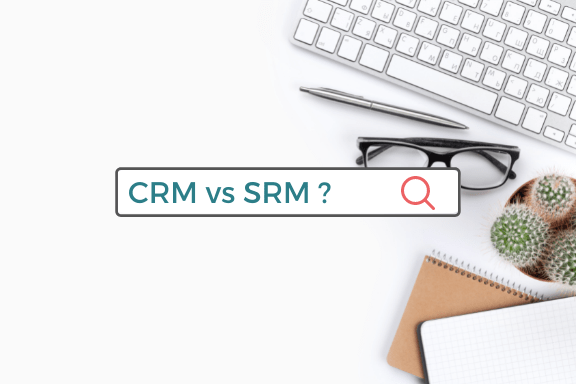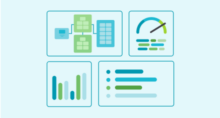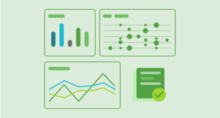What is the difference between a CRM vs SRM

Customer Relationship Management software is vastly different from Stakeholder Relationship Management. As the name suggests, CRMs are solely focused on customers and sales, while SRMs are more about engagement with your stakeholders. Customer relationships are centered around individuals or organizations that have a buyer-seller transactional relationship, whereas stakeholders are ones you actively communicate with, over a longer time period. Stakeholders have concerns, needs, and issues that have to be responded to in a manner that is nothing like how customers are managed in a sales process.
To first understand the distinction between the software that serves separate purposes, it is important to understand what makes customers and stakeholders different.

Essentially, stakeholders are individuals or groups who have an interest in any decision or activity and outcome of an organization or a project. They could include communities, businesses, suppliers, regulators, shareholders, and more. Customers can be stakeholders of a business, but not all stakeholders are consumers of a product or service.
Stakeholders don’t have multiple options to choose from in the market like consumers, but they can potentially influence your project. Customers have to first show an interest in the product in order to be impacted, but stakeholders don’t necessarily have to be interested in your project or organization to affect your project. You can potentially get away with losing customers, but stakeholders can have the power to completely stop your project.
For this reason, it is very important to have good engagement practices with your stakeholders. Due to this difference between customer and stakeholder relationships, it simply does not make sense to treat all of your stakeholders as if they were customers. Engaging with stakeholders is essential in most cases but can also be a very delicate process.
So, what exactly distinguishes between CRM and SRM?
CRM : Customer Relationship Management
- Are best for managing customer relationships, marketing and sales.
- Used to efficiently push customers through a sales pipeline or process.
- Streamline sales process and improve profitability.
- Stores customer data, helps to identify sale opportunities, and manage marketing campaigns.
- Connects with other business apps to develop customer relationships and database to identify cross-selling and upselling prospects.
- Some may also automate some administrative tasks such as data entry, and lead or service routing.
- Generates reports and insights to help you understand customers and prepare for outreach.
SRM : Stakeholder Relationship Management

- Ideal for managing stakeholder relationships, your contact history with stakeholders, issues, commitments and any other useful information, all in one place.
- Designed specifically to help you communicate better with stakeholders by keeping track of all forms of communication such as phone calls, emails, meetings, zoom calls, events, social media, etc.
- Some can include grievance management functions.
- Empowers you and your team by running reports, sharing information for transparency and providing a clear understanding of stakeholders and their needs.
- Stakeholder Mapping: a way to record the influence, impact and interest of your stakeholders in your project.
- Automate logging emails from stakeholders into the system as interactions.
On the surface, some CRM functionality can be used for recording stakeholder information, but CRMs are not designed to manage stakeholder relationships or analyze the issues or sentiments in the interactions stakeholders have with you. The needs of stakeholders and how they are engaged can only be managed properly with a system designed to understand stakeholders.
If there are issues or grievances amongst your stakeholders, it becomes important to recognize what influence and impact that stakeholder has on your organization and project. A CRM does not provide this functionality, which can often be a make-or-break situation. Understanding stakeholders better means you are able to communicate more accurately and accordingly.
Good stakeholder management practices are essential for risk planning and happy stakeholders = success for your projects, and less stress and worry for your team!
For further information on how to improve your stakeholder management skills, check out our guide Stakeholder Management Plans. And, if you want to take things to the next level, why not schedule a demo with one of our specialists? They can give you even more insights on how to engage your stakeholders effectively. Contact us today!
Book a Demo



































